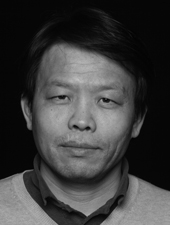Li, B. (September 2016) The opposite lane: a path to memories? Nat Neurosci, 19 (10). pp. 1273-4. ISSN 1546-1726 (Electronic)1097-6256 (Linking)
Abstract
In the wild, a rustle of undergrowth might make an animal or person stop sharply and be still, in the anticipation of a predator. That suppression of action, or freezing, a reaction to a stimulus in the environment that signals potential threat, is part of the defensive response essential for the survival of all species. In the laboratory, the acquisition and expression of defensive responses are most often studied with Pavlovian fear conditioning1, in which animals, such as mice, are trained to associate an environmental cue (such as a sound), also known as the conditioned stimulus, with an aversive stimulus (such as electrical footshock), also known as the unconditioned stimulus. After the training and in a typical memory recall test, presentations of the sound alone elicit freezing behavior in the mice, indicating they have successfully formed an aversive memory.
| Item Type: | Paper |
|---|---|
| Subjects: | organism description > animal behavior > fear organism description > animal behavior > memory |
| CSHL Authors: | |
| Communities: | CSHL labs > Li lab |
| Depositing User: | Matt Covey |
| Date: | 5 September 2016 |
| Date Deposited: | 23 Sep 2016 15:02 |
| Last Modified: | 14 Nov 2016 17:22 |
| Related URLs: | |
| URI: | https://repository.cshl.edu/id/eprint/33533 |
Actions (login required)
 |
Administrator's edit/view item |
